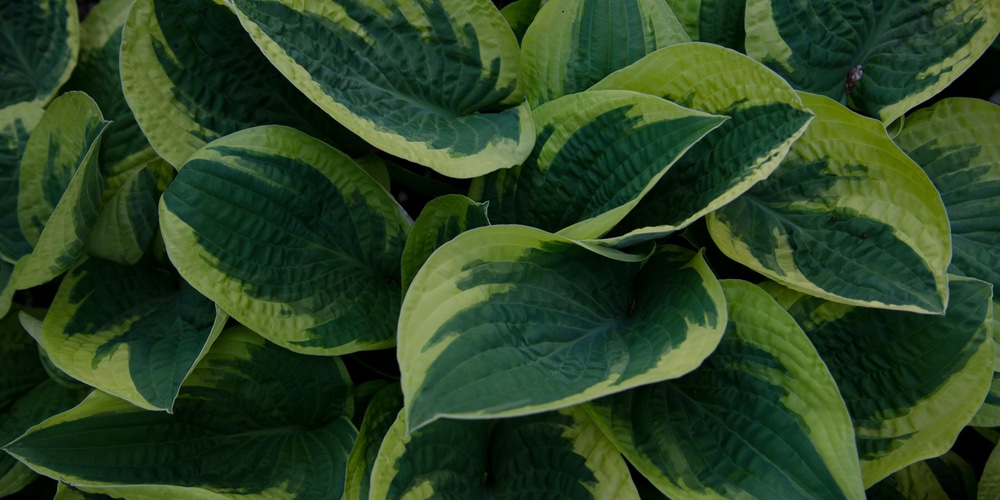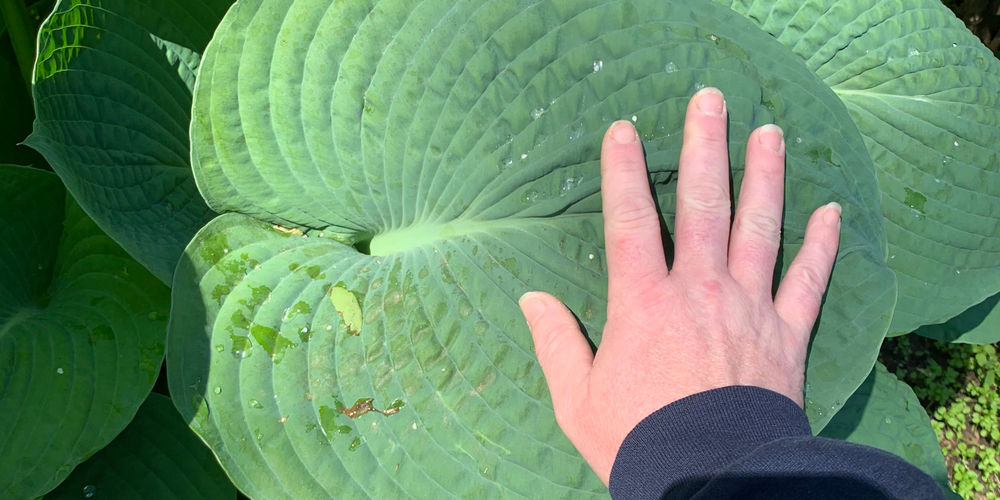Who doesn’t like spending time in a blooming garden in the summer? Well, if you need to enhance the looks of your yard, one of the best things you can do is plant hostas. But you may be wondering, ‘when should you cut the blooms off of hostas?’ Do hostas need to be deadheaded?
These flowering plants are stunning and versatile. Because of such characteristics (and how easy they are to care for), they are an ideal addition to any landscape.

These perennials produce abundant (and lush) foliage, which delights the viewers with stunning summer and fall blooms. But what can you do when the flowers start looking raggedy?
Or better, when should you cut them off of hostas, and what is the best way to do it? You have landed in the right place to find answers to all of these questions (and much more!)
Growing Hostas: All You Have to Know
Hostas are better known for their foliage and ability to grow even in little light. However, their blooms can be white, lavender or even variegated and are as eye-catching as the lush leaves and, usually, quite fragrant.
During the summer, they will attract plenty of beneficial pollinators to your garden, including butterflies and bumblebees. Most hostas bloom between May and September. However, the exact date will depend on your region and local climate.
Growing hostas isn’t a challenging task. These plants need moist conditions and fertile soil. However, they will adapt to various lighting.
Additionally, they are resistant to most diseases, meaning you won’t have to worry too much about them as they grow in your garden. But to keep your plant in shape (and attractive), you should consider pruning it and cutting off its blooms.
If you prefer enjoying hostas’ foliage, remove the flower stalks as they appear. Alternatively, wait for them to bloom and cut them when they open before adding them to decorative vases.
When Should You Cut Hosta Blooms?
Cutting hosta blooms depends on the use you want to make of the flowers. If you prefer enjoying them in an arrangement, you can cut them as they open.
If there are several buds on a stem, cut it when at least two flowers open. Doing so will allow the rest to emerge even in a vase. Not having dead flowers on the leaves will not disturb the aesthetics of your garden, making it more attractive.
Don’t forget that hosta blooms usually last for a couple of weeks. However, they won’t flower all at the same time. So, if your hosta is the focal point of your yard, you may have to remove dead blooms to keep an attractive aesthetics.
Cutting blooms will help your plant concentrate its energy on developing roots and lusher foliage. But if you want to enjoy hosta blooms on your plants (and don’t mind the sight of some dead ones), cut their foliage back in late fall.
Doing so will allow them to better recover from the winter and produce more blooms the following year. Also, cut their flowers as they die to prevent your plant from spending energy on a task (creating seeds) you don’t need.
How To Cut Off The Blooms From Your Hostas
Never pull off the blooms from your plant using your hands. Doing so will damage your hosta and may make it more susceptible to fungal infections and attacks from pests.
Instead, use a pair of sterile shears and snip the flower at the point where it meets the base of the plant. Since hostas only produce one set of blooms every year, you’ll have to do this job only once every season. So, if you don’t like spending too much effort on your plants, this might be good news for you!
Don’t forget to remove dry and brown leaves as well: it will keep your plant healthy!
That is especially crucial if you live in a hot and dry region, where your plant might suffer more from the heat. Remember that hosta leaves will turn yellow as they enter dormancy (in the winter), meaning you’ll have to prune your plant to ensure it will survive even the colder months of the year.
People living in a cold region may have to overwinter their hostas indoors. Avoid exposing your plants to thermal shocks and place them in a suitable location, where they’ll get adequate lighting, water, and a proper potting mix. Don’t forget to cut back on your watering schedule!
Related Article: Do Deer Eat Hosta Plants?

